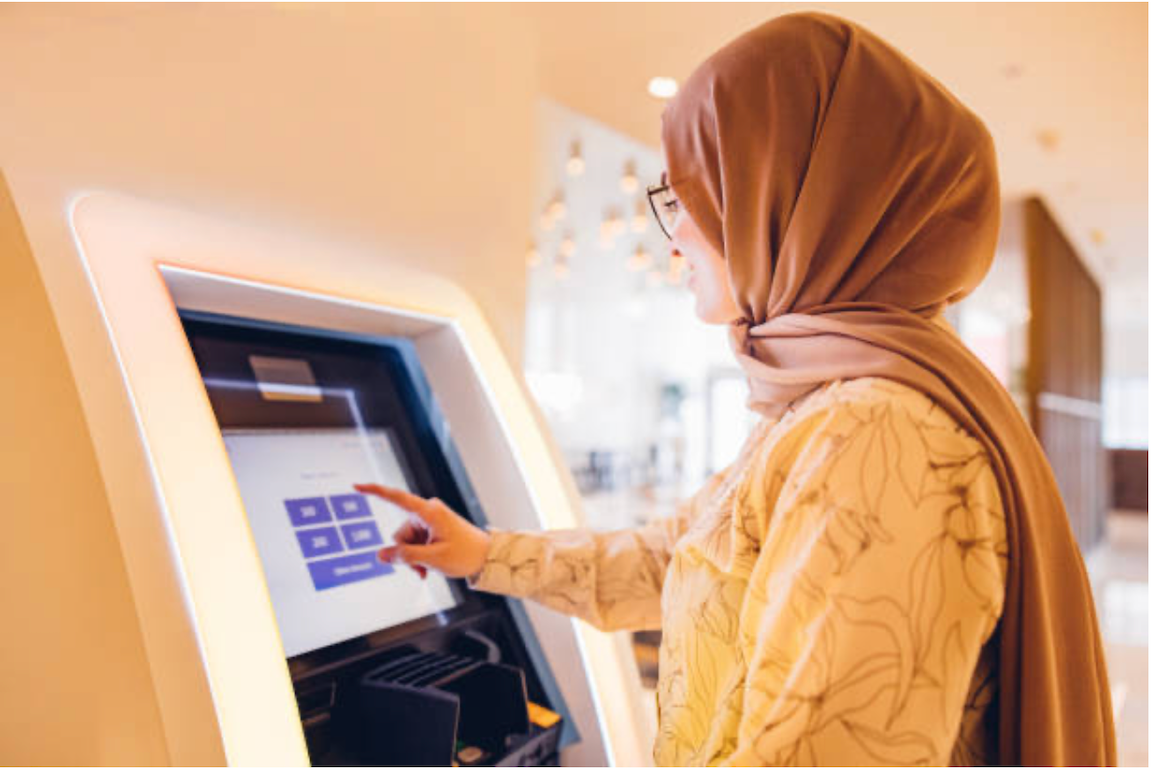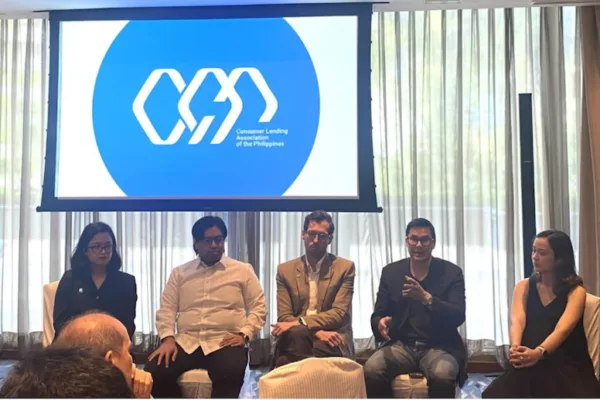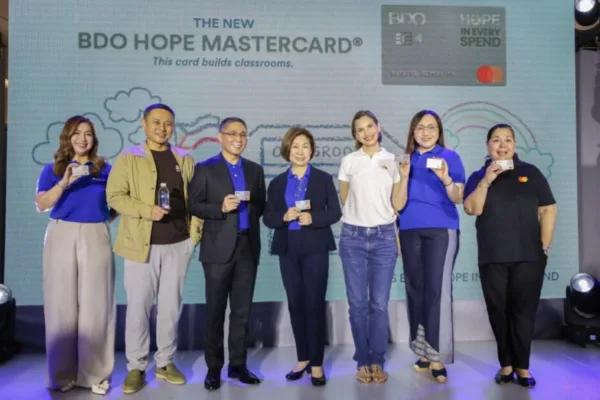Financial inclusion remains a critical challenge in the Philippines, millions remain unbanked in the Philippines. Yet, the rise of digital banking and e-wallet solutions is transforming the financial landscape, offering hope for the unbanked and underserved across the archipelago.
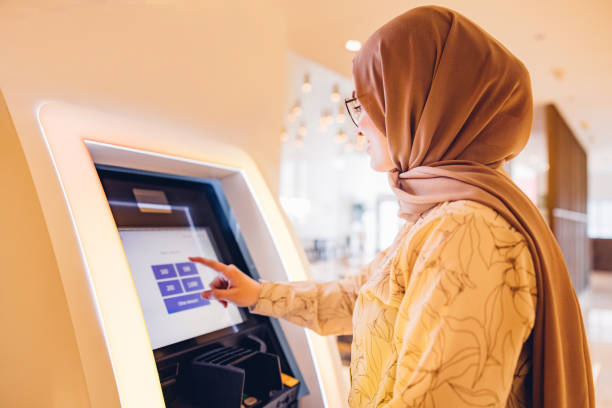
The state of financial inclusion in the Philippines
Despite notable progress, financial exclusion is still widespread.
As of recent data, around seven out of ten adult Filipinos remain excluded, unable to access the full benefits of financial products and services. Despite the development and innovation, there are still some rural and remote areas where traditional banks are scarce and physical infrastructure continues to be limited, making the financial divide even more conspicuous.
The most notable factors for many people are still unbanked in the Philippines are the high banking costs, complex requirements, and the perception that banking is only for the affluent.
Challenges in reaching remote and underserved communities
Bridging the gap for the unbanked is no small feat. The Philippines, with its over 7,000 islands, faces unique geographic challenges. Many rural areas still struggle with limited internet and mobile connectivity, making it difficult for residents to access digital banking platforms reliably.
Another significant barrier is digital literacy — a substantial portion of the Philippine population lacks the skills or confidence to navigate banking apps or online services, particularly older adults and those with little to no exposure to technology.
Other hurdles include a lack of trust as people are heavily concerned about security and fraud, high initial costs, and lack of awareness about its benefits and availability. Likewise, these issues are compounded by behavioral preferences for cash and in-person transactions, especially in communities where trust in digital systems is still being built.
How digital banking and e-wallets are making a difference in financial inclusion

Despite these impediments, the digital financial revolution is well onset. The COVID-19 pandemic has expedited the transition to digital payments, emphasizing the importance of accessible, cashless alternatives. E-wallet providers like GCash have played a pivotal role by offering simple, affordable, and user-friendly services for transferring and receiving money, paying bills, and accessing loans, insurance, and investment goods. Such platforms have democratized financial services, reaching millions who previously had no access to banks.
Digital banks, too, are gaining traction. With regulatory support from the Bangko Sentral ng Pilipinas (BSP), new digital banking licenses have opened the door for innovative, fully online banks that can serve customers without needing physical branches. These digital-first institutions are designed to be more inclusive, often requiring minimal documentation and offering accounts with no minimum balance requirements key barriers for the unbanked.
Innovative solutions and initiatives: Government and private sector efforts
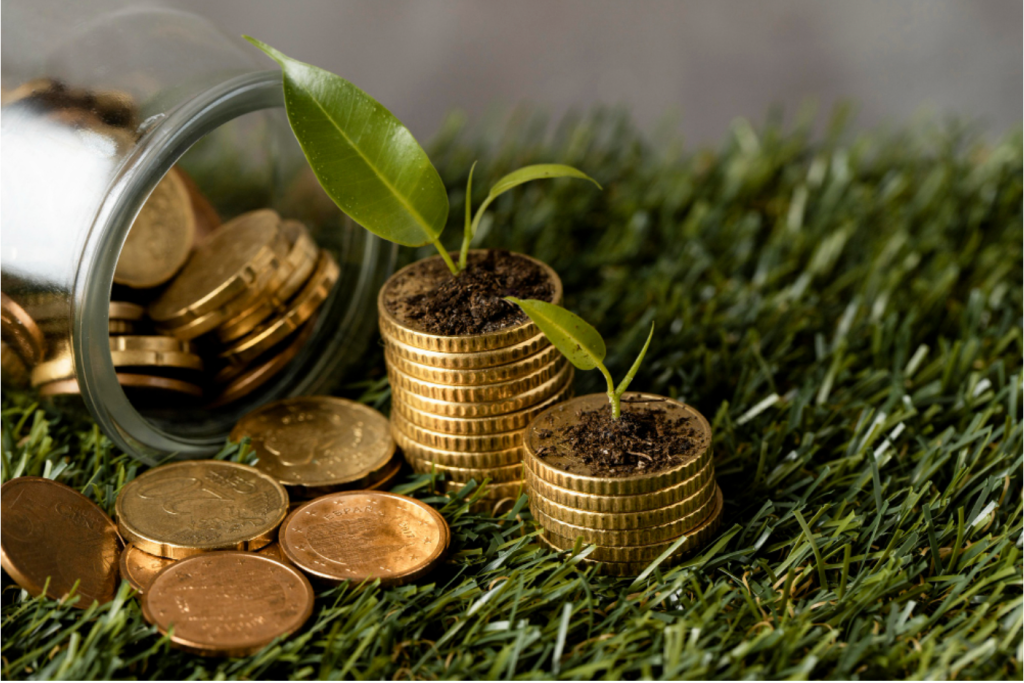
The drive for financial inclusion is a collaborative effort. The Philippine government, through the BSP and in partnership with organizations like the Asian Development Bank (ADB), has launched comprehensive reforms to strengthen the digital financial ecosystem. Key initiatives include:
- The rollout of the National Identification System, made it easier for Filipinos to open accounts and access services.
- Support for cloud-based banking technologies and open financing to help rural banks and non-bank financial institutions expand their reach.
- Public-private partnerships for crop insurance and value chain finance, targeting rural and agricultural communities.
On the private sector side, fintech companies are innovating with mobile-first solutions, leveraging familiar technologies like SMS to reach even those with limited internet access. E-wallets, digital lending platforms, and micro-insurance products are all part of a rapidly evolving landscape that promises to make financial services more inclusive and accessible than ever before.
Reaching the unbanked in the Philippines
While challenges remain, the momentum for digital financial inclusion in the Philippines is undeniable.
As technology continues to advance, and both public and private sectors invest in bridging the digital divide, millions of unbanked Filipinos are gaining the tools they need to participate in the formal economy-empowering individuals, strengthening communities, and driving national growth.
The journey toward universal financial access is far from over, but with digital banking at the forefront, a more inclusive future for the Philippines is within reach.




